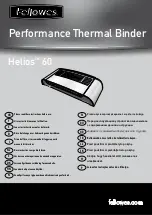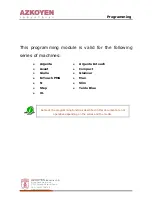
10
— — — — — — — — — — — — — — — — — — — — — — — — — — — — — — — — — — — — — — — — — — — — — — — — — — —
Optional accessories
The following are available as optional accessories.
Memo
z
To obtain optional accessories or parts, contact your sales representative, the nearest authorized service
center or visit the website at
“
http://www.brother.com/
”
.
z
All specifications are correct at the time of printing. The part codes are subject to change without notice.
z
Visit your nearest authorized dealer for a complete listing of optional accessories available for your
machine.
1.
2.
3.
4.
5.
6.
7.
8.
9.
No.
Part Name
Part Code
Americas
Others
1
Embroidery bobbin
thread (black)
SAEBT999
EBT-CEBN
2
Embroidery card
3
Embroidery set (small)
H 2 cm
×
W 6 cm
(H 1 inch
×
W 2-1/2 inches)
SA431
EF61
4
Embroidery set (large)
H 17 cm
×
W 10 cm
(H 6-7/10 inches
×
W 4
inches)
SA434
EF71
5
Water soluble stabilizer
SA520
BM5
Stabilizer material for
embroidery
SA519
BM3
6
Walking foot
SA140
F033N
7
Open toe quilting foot
SA187
F061
8
Side cutter "S"
SA177
F054
9
Quilting guide
SA132
F016N
Summary of Contents for 885-V95
Page 2: ......
Page 50: ...48 GETTING READY ...













































